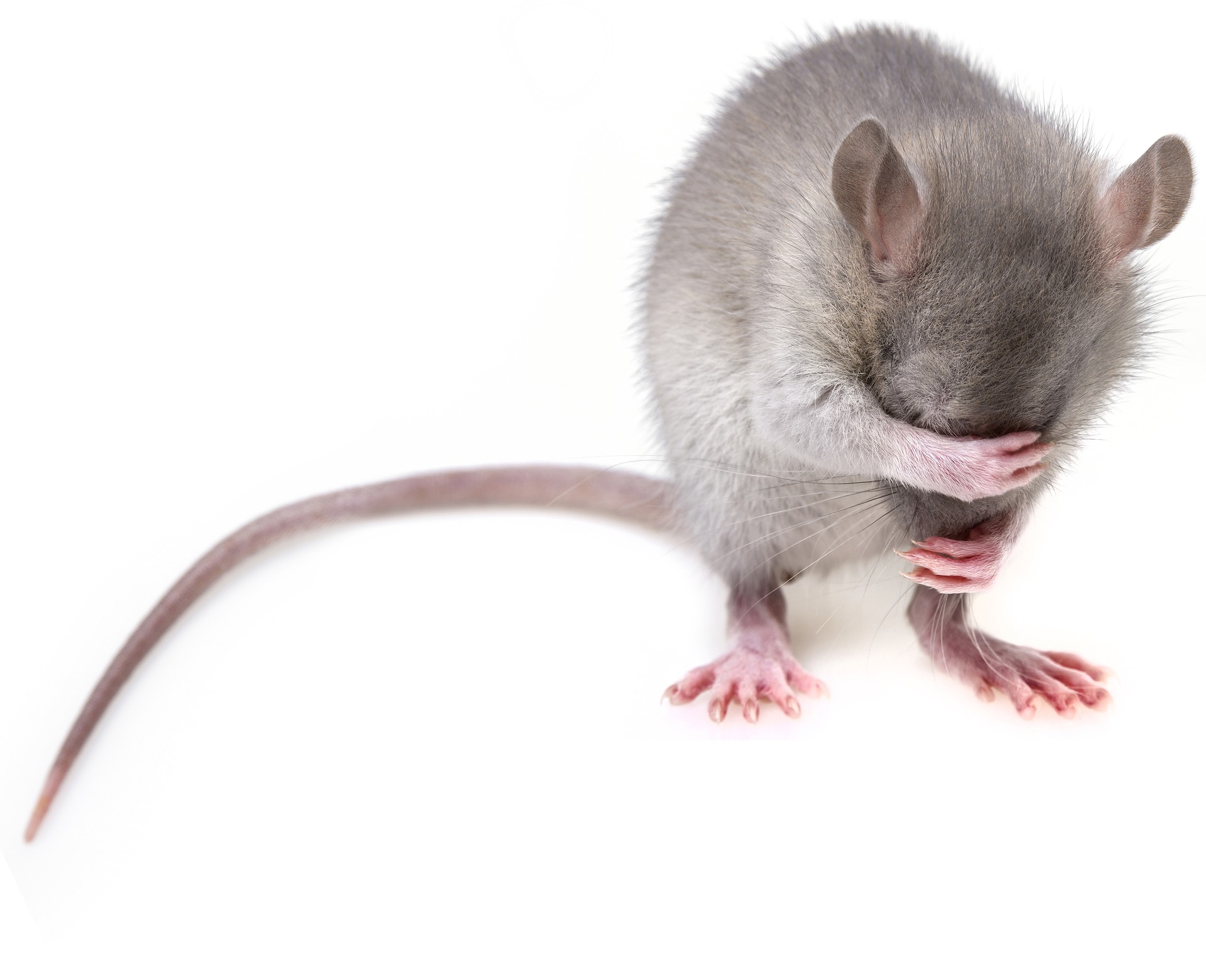
It’s another one of the great debates between landlords and tenants, who is responsible for dealing with a pest infestation? If you’ve had a call from your tenant to say a family of mice have set up camp, you’ll likely be thinking it’s your tenant’s hygiene standards that are to blame for the unwelcome guests. But before you start insisting that your tenants call up pest control out of their own pocket, read on. First, let’s clear up a few misconceptions about mice infestation;
False: House and field mice are the same
True: House mice only live inside properties and field mice live outdoors
False: Mice enter a property through open windows and doors
True: House mice live within the fabric of buildings and source food from the living areas
False: Mice enter the living areas for food because the areas are kept unclean
True: Mice looking for food will only be able to enter living areas if there are structural defects in the building
False: If you bait the mice and get rid of them, the problem will be solved
True: You must deal with the structural defects that enable the mice to enter the living areas
False: Mice in a property isn’t a problem, apart from stealing some food
True: Mice droppings and urine can spread Salmonella and E Coli, as well as causing stress to your tenants
Who deals with a mice infestation, landlord or tenant?
Unfortunately, the short answer is you, the landlord.
In accordance with common law, and regarding all furnished properties, landlords have a contractual duty to ensure that the property is in a suitable state for it to be habitable, which will include ensuring there is no vermin infestation.
Also, the Prevention of Damage by Pests Act 1949 places a local authority under a duty to ensure, as far as is practicable, that a district is kept free from rats and mice and to enforce the duties under the Act of owners and occupiers. Therefore landlords, as property owners, will be included in this. Under the PDPA 1949, the authority may itself undertake the work and recover the expense incurred if an owner or occupier fails to take steps to get rid of an infestation
Similarly, under the Landlord and Tenant Act 1985, landlords are responsible for keeping in repair the structure of a property. House mice infestations are nearly always the result of structural defects to a property, which again brings the control of mice infestation under the landlord’s duties.
And finally, regulations made under the Housing Act 2004 establish the Housing Health and Safety Rating System (HHSRS) as the prescribed means whereby local authorities in England and Wales assess the seriousness of hazards to health and safety arising from deficiencies in the dwelling. It therefore also helps to identify the appropriate remedial action and forms the basis for enforcement action. Deficiencies in a dwelling can relate to structural defects allowing house mice to enter and cause an infestation.
How do mice infestations happen?
You may be tempted to think it’s down to your tenants being unhygienic, or leaving food lying around, but don’t be fooled…
House mice live in wall cavities and floor cavities and emerge into the living areas via structural defects - for example, where pipes pass into floors or where services pass through stud walls. They also spread from one house to another via shared building fabric - floor voids, wall voids and roof voids.
House mice do not enter buildings from outside through open windows and doors, they live within the fabric of the building and source food from the living areas via structural defects. House mice are what is called a commensal rodent, which means they are co-evolved to live with humans; they live where we live and eat what we eat, they’re not even interested in going outside!
How do you deal with a mice infestation?
It’s not as simple as baiting the mice that are present and then leaving it. If the structural defects that allow mice to enter the living spaces are not dealt with, more mice will simply return.
To stop the mice getting access to the property, you will need to seal the living areas after baiting to stop them emerging from the building fabric to get food.